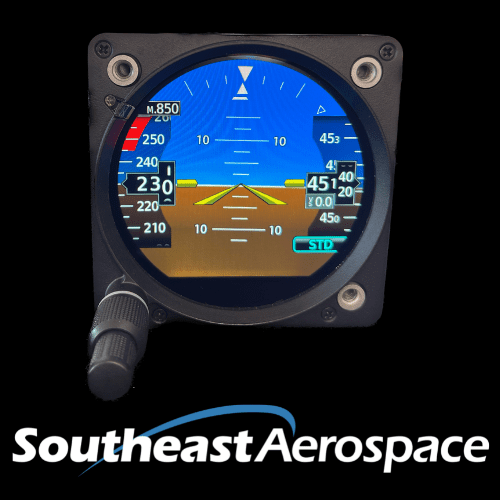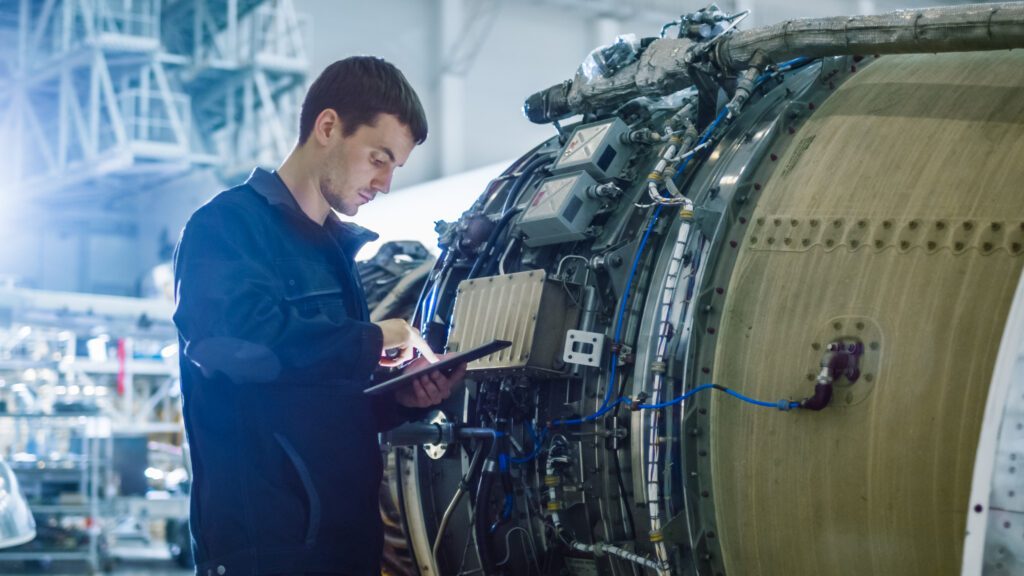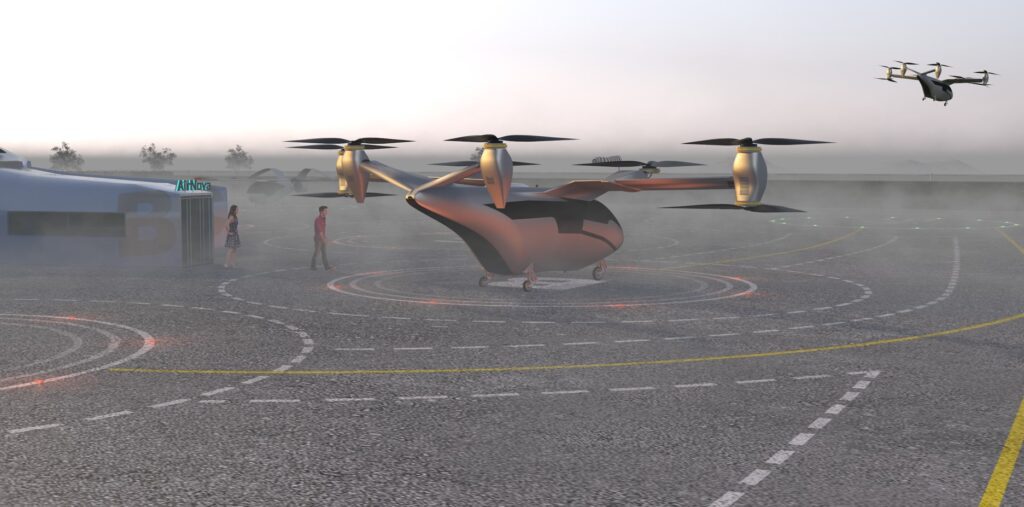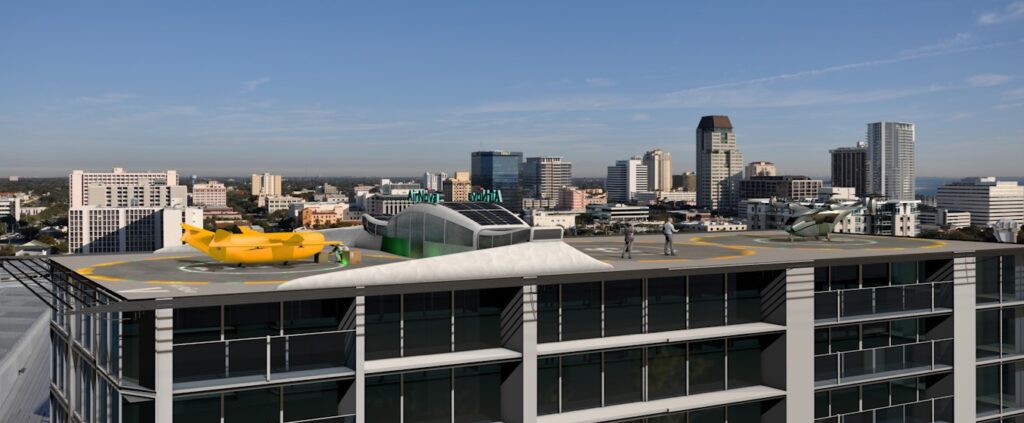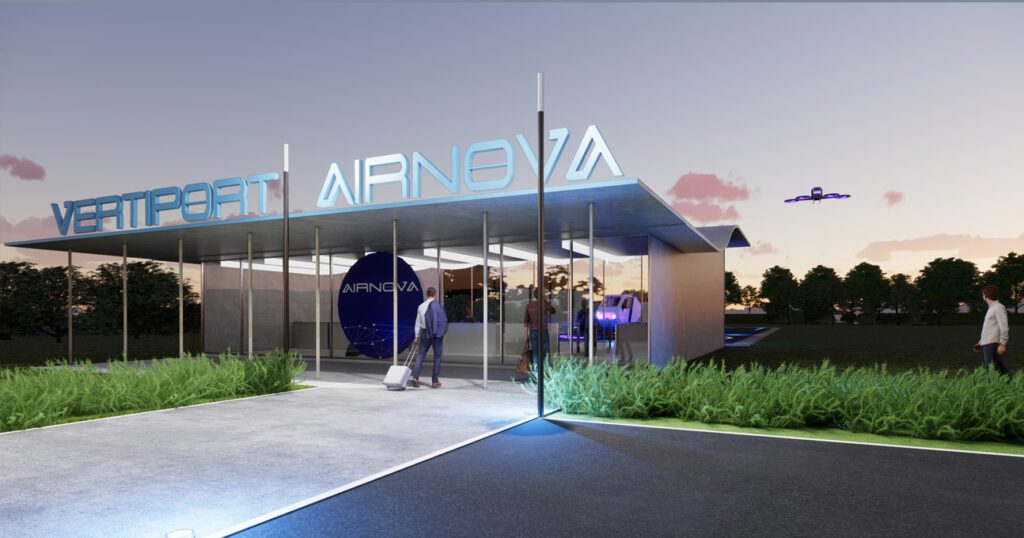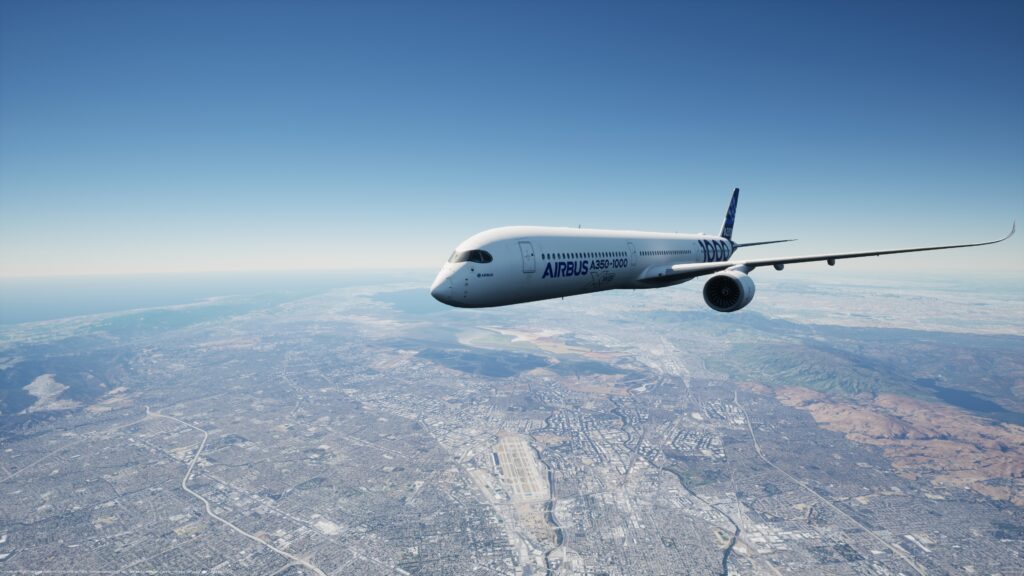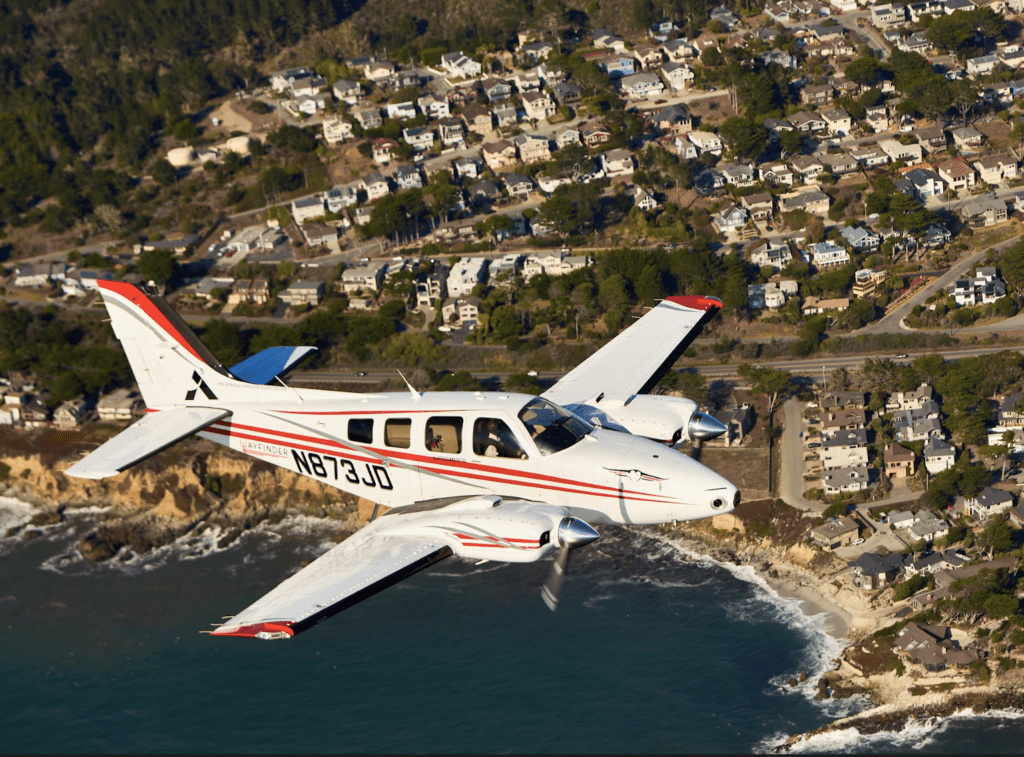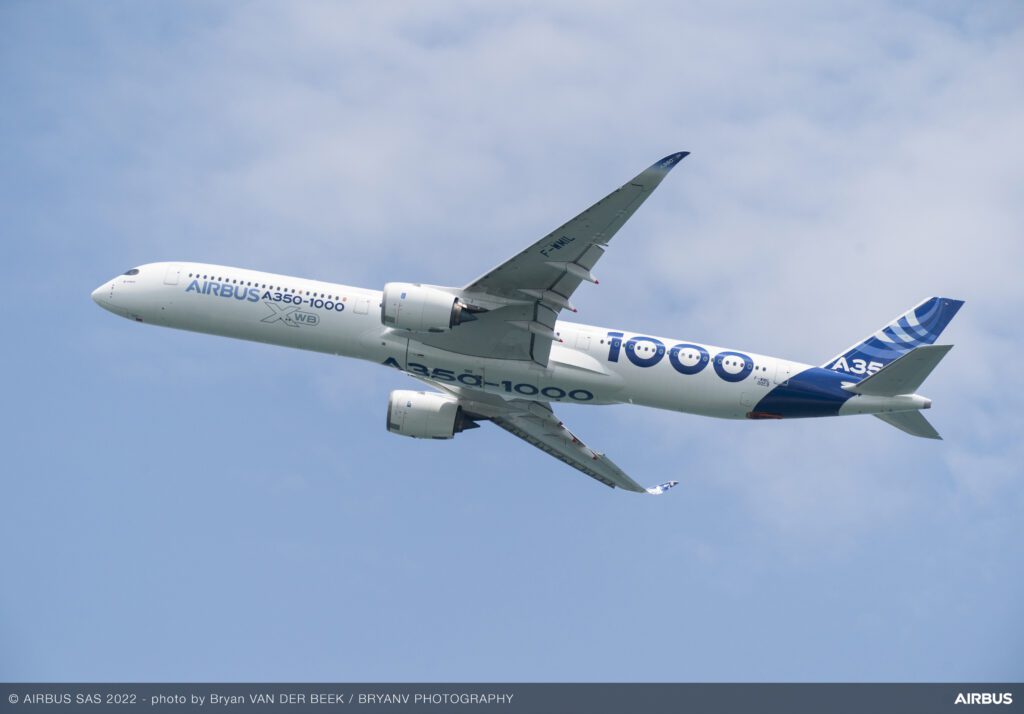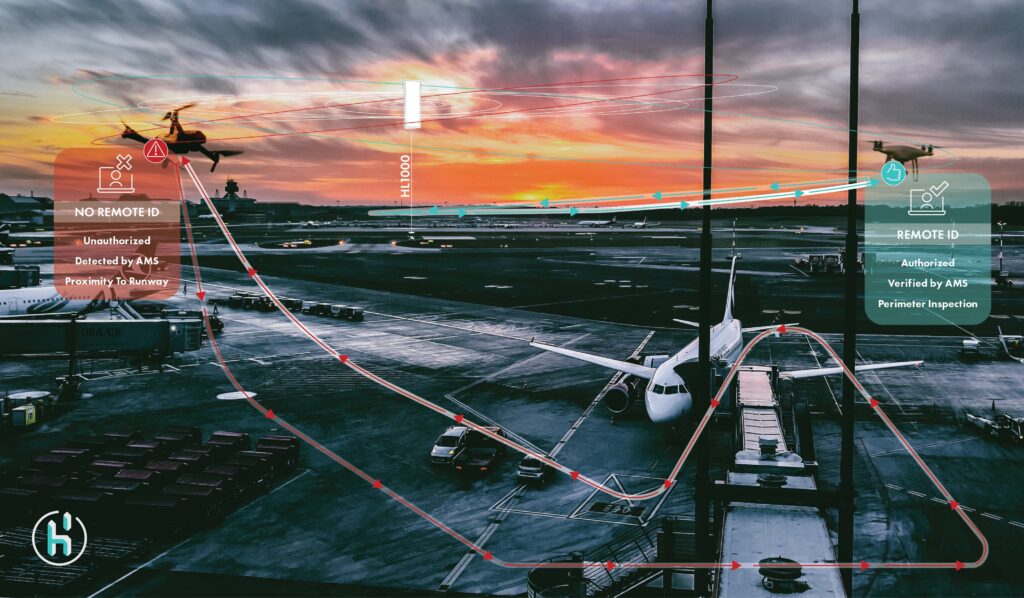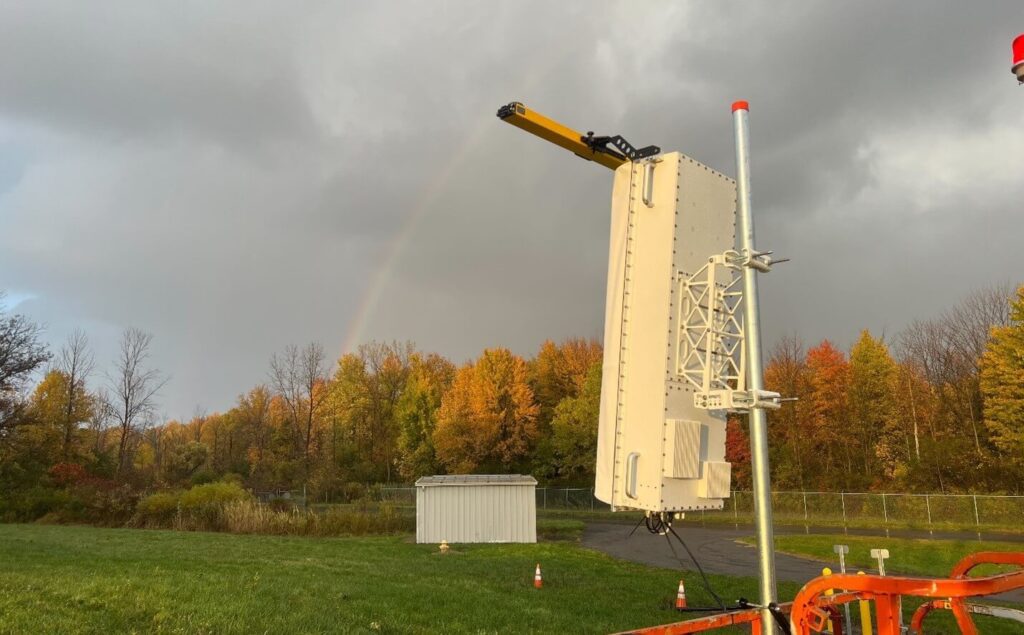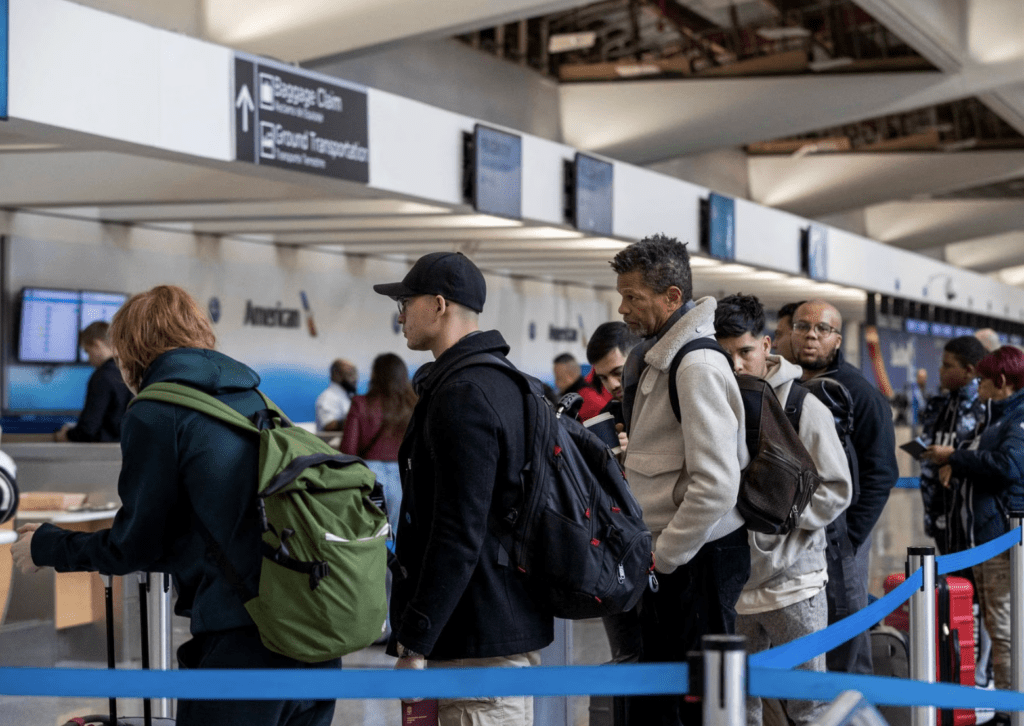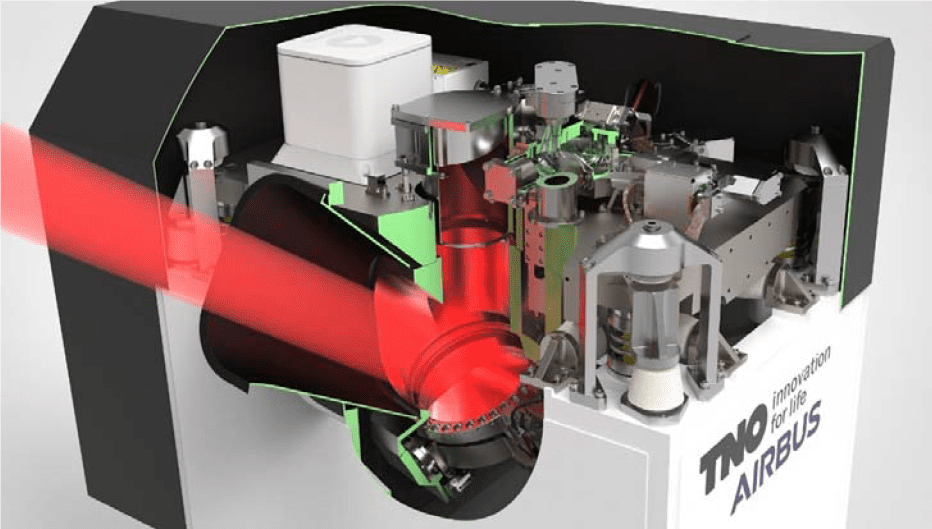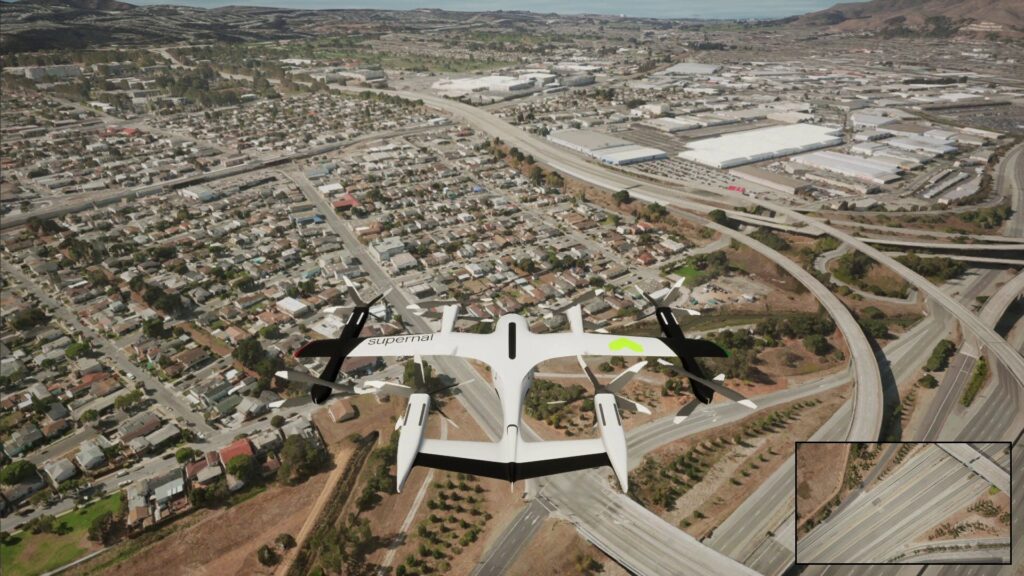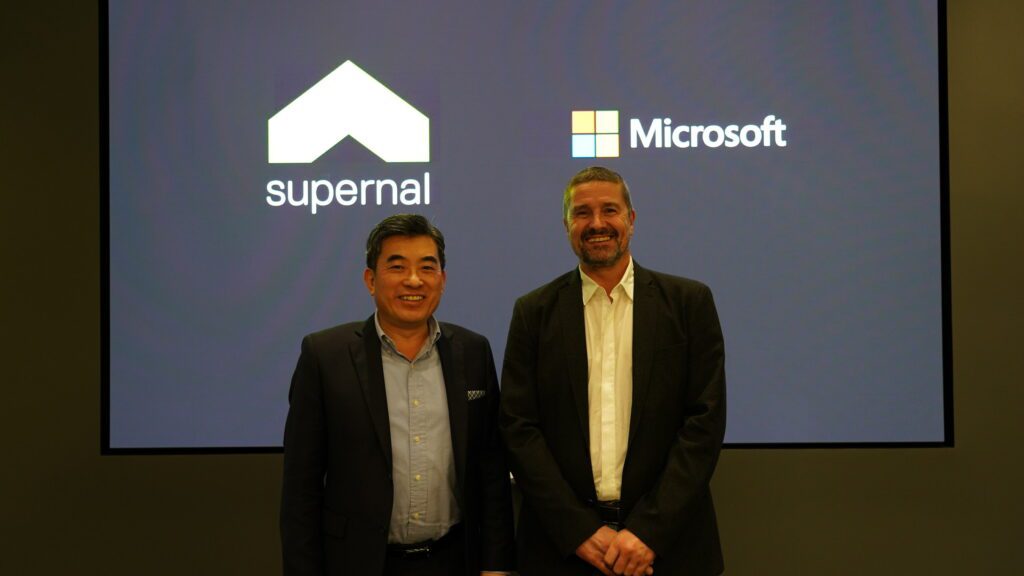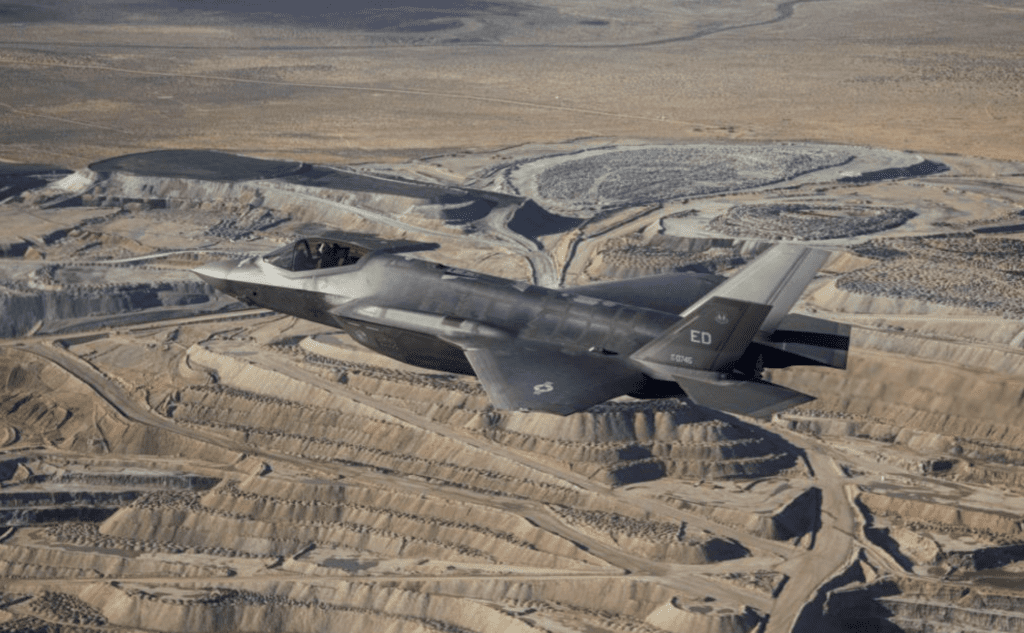
The Department of Homeland Security this week released a Request for Information (RFI) for counter-drone systems for use in various configurations, from fixed-site to person-portable, to meet operational needs.
The Jan. 10 RFI was issued by the Secret Service to assess the availability of at least relatively mature technologies to detect, track, identify, classify and potentially defeat unmanned aircraft systems (UAS) in a number of operational settings around-the-clock.
“DHS has an operational need for fixed site as well as rapidly deployable, mobile, and single person-portable employment modes to provide situational awareness and mitigation capabilities for personnel in the field,” the RFI says.
DHS is looking for capabilities that are at least at a Technology Readiness Level 6, which signifies a technology has completed the last development stage and has successfully been tested and evaluated in a simulated operational environment.
Drones of interest to be detected can be any size and weight, as well as fixed-wing, vertical-take-off-and-landing, or a hybrid, the RFI says.
After reviewing responses, DHS may host a product demonstration for some of the systems to learn more about the available capabilities in an operational setting.
Some DHS components, including Border Patrol, the Coast Guard and Secret Service, do conduct counter-UAS operations. The Department of Homeland Security Science and Technology Directorate and the Transportation Security Administration are assessing these technologies in various operational settings, including airports. Responses are due by Feb. 7.
Avenger Drone Advances Collaborative Combat Aircraft Concept, General Atomics Says
General Atomics Aeronautical Systems Inc. (GA-ASI) said on Jan. 11 that a company-owned MQ-20 Avenger drone advanced the company’s internally funded work on Collaborative Combat Aircraft (CCA) in three autonomous missions last month.
On Dec. 14, the Avenger, paired with “digital twin” planes, conducted simulated combat missions from GA-ASI’s Desert Horizons flight operations facility in El Mirage, Calif., and the company’s Reinforcement Learning (RL) architecture, developed using industry-standard tools, including Docker and Kubernetes, allowed the artificial intelligence/machine learning (AI/ML)-enabled Avenger “to validate three deep learning RL algorithms in an operationally relevant environment,” GA-ASI said.
The company said that its CCA “ecosystem” will provide “a new and innovative tool for next-generation military platforms to make decisions under dynamic and uncertain real-world conditions.”
During the Dec. 14 Avenger missions, the “single agent RL model successfully navigated the live plane while dynamically avoiding threats to accomplish its mission,” GA-ASI said on Jan. 11. “Multi-agent RL models flew a live and virtual Avenger to collaboratively chase a target while avoiding threats. The hierarchical RL agent used sensor information to select courses of action based on its understanding of the world state…This live operational data describing AI pilot performance will be fed into GA-ASI’s rapid retaining process for analysis and used to refine future agent performance.”
The company said that the Dec. 14 tests used a government-furnished Collaborative Operations in Denied Environment (CODE) autonomy engine, government-standard Open Mission System messaging for linking the RL agents, and a General Dynamics EMC2 open-architecture, multi-function, multi-level security processor—the so-called “Einstein box”—to speed testing for various missions.
Northrop Grumman said on Jan. 11 that it is developing the AN/APG-85 Active Electronically Scanned Array (AESA) radar for Lot 17 and beyond of the Lockheed Martin F-35 fighter.
The APG-85 will be the follow-on to the F-35’s current AN/APG-81 AESA radar, built by Northrop Grumman at its Linthicum Heights, Md., plant.
“The capability of the F-35 advanced radar will enhance the DoD’s ability to execute the National Defense Strategy in the future,” the F-35 Joint Program Office (JPO) said in a Jan. 11 response to questions. “Therefore, certain information will continue to be protected by enhanced security measures due to the critical nature of the technology.”
The F-35 JPO did not reveal what features the APG-85 will have that the APG-81 does not, but said that the APG-85 “is modernized to be the top-of-the-line radar available today, ensuring American dominance in the air.”
The F-35 program declined to release funding and contract details for the APG-85. The F-35 JPO has said that the APG-81 has 1,676 Gallium Nitride (GaN) transmit/receive (T/R) modules, but the F-35 JPO and Northrop Grumman declined to say whether the APG-85 will also be a Gallium Nitride-based radar.
“We do not disclose technical information on operational capabilities,” the F-35 JPO said on Jan. 11.
F-35 Program Announces First Technology Refresh-3 Flight

An F-35A flies for the first time with the TR-3 configuration above the Mojave Desert in California on January 6. (Photo: F-35 Joint Program Office)
A developmental test team from the 461st Flight Test Squadron at Edwards AFB, Calif., flew the Technology Refresh-3 (TR-3) configuration of the Lockheed Martin F-35 fighter for the first time on Jan. 6, the F-35 Joint Program Office (JPO) said on Jan. 10.
The F-35 JPO said that U.S. Air Force Maj. Ryan “BOLO” Luersen piloted tail number AF-7, “a specially instrumented flight test aircraft and the first with TR-3 upgrades installed.”
“He executed a functional check flight (FCF) profile to verify aircraft airworthiness and system stability,” the F-35 program said. “The 50-minute flight, which took the jet to 35,000 feet at speeds just shy of the speed of sound above the Mojave Desert, marked the start of an extensive flight test campaign. Developmental and operational test flights will continue through 2023 to ensure safety and prove warfighting capabilities.”
Last week, the Pentagon and Lockheed Martin said that it is uncertain when resumption of deliveries and flight acceptance testing of the F-35 will start, as the Naval Air Systems Command (NAVAIR) investigation of an F-35B mishap on Dec. 15 continues (Defense Daily, Jan. 3).
In the Dec. 15 incident, the pilot of a Lockheed Martin-owned F-35B ejected on the runway at Naval Air Station Joint Reserve Base Fort Worth, Texas.
On Dec. 30, Lockheed Martin said in a statement that the F-35 JPO and the company had finalized a Lot 15-16 contract that may be worth $30 billion to build and deliver up to 398 F-35s domestically and internationally. Those lots are to include TR-3.
Powered by the L3Harris integrated core processor, TR-3 is the computer backbone for Block 4, which is to have 88 unique features and integrate 16 new weapons on the F-35.
“The TR-3 program has overcome technical complexity challenges with hardware and software, and is now on-track to deliver capability to the U.S. and its allies starting in 2023,” the F-35 program said on Jan. 10. “The government and industry team continue to find innovative ways to ensure delivery of critical capabilities to defeat future threats. Lessons learned in the execution of the TR-3 program will be applied across the entire Block 4 modernization program.”
Among the challenges that the F-35 program and industry have said that they are addressing is a parts shortage for the Northrop Grumman AN/AAQ-37 Distributed Aperture System (DAS), which is to provide 360 degreee awareness for F-35 pilots from six infrared sensors that feed data to the pilot’s helmet (Defense Daily, Nov. 9, 2022).
Plans have called for the integration of the Raytheon Technologies’ Next-Generation electro-optical DAS (EO DAS) into all F-35s beginning this year with Lot 15 under TR-3.
These articles are abridged and edited from Avionics International‘s sister publication, Defense Daily. Check out the original articles at the links below:
The post Defense Updates: Counter-UAS, Collaborative Combat Aircraft, and the F-35 Program appeared first on Avionics International.
—————
Boost Internet Speed–
Free Business Hosting–
Free Email Account–
Dropcatch–
Free Secure Email–
Secure Email–
Cheap VOIP Calls–
Free Hosting–
Boost Inflight Wifi–
Premium Domains–
Free Domains
